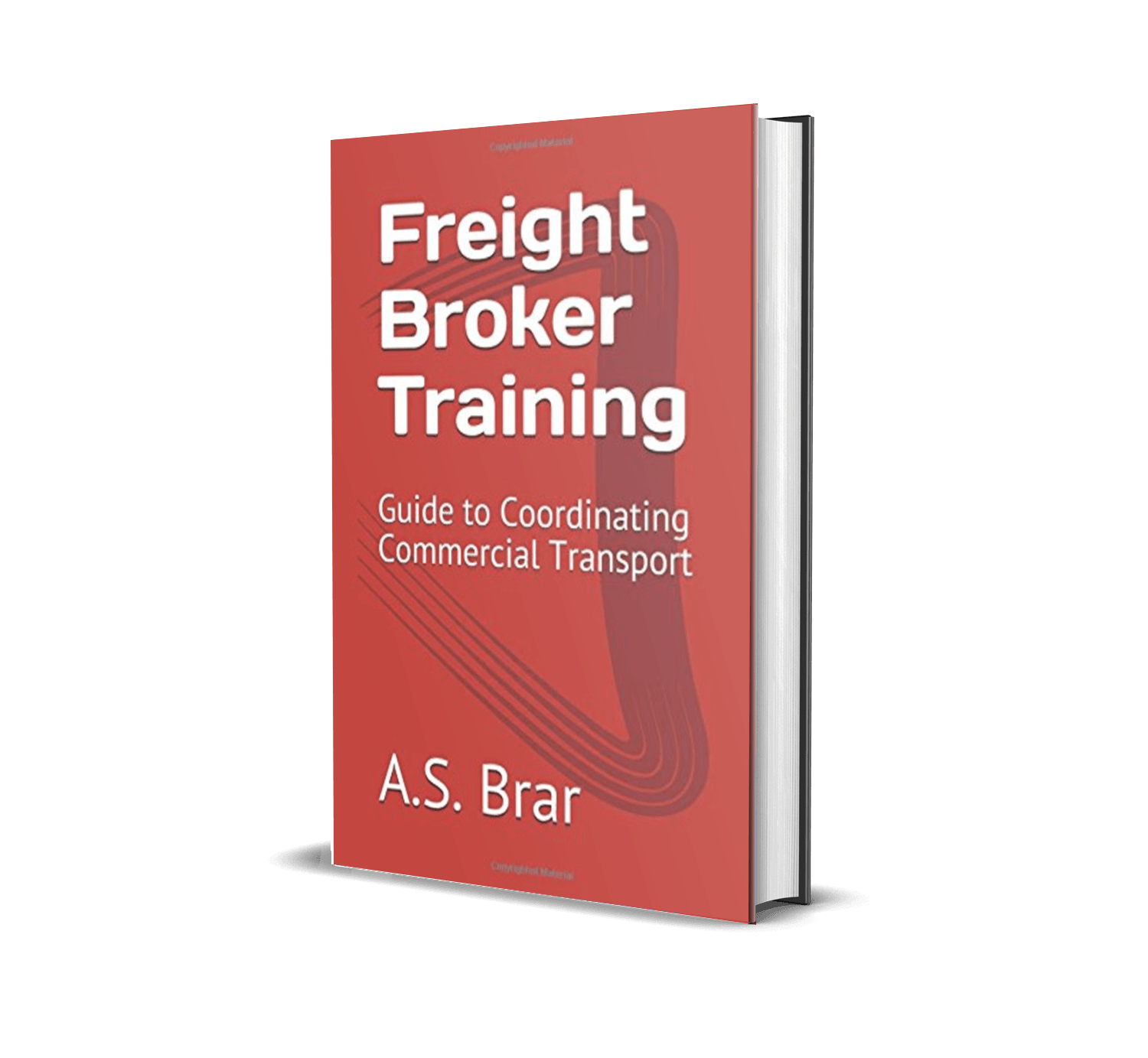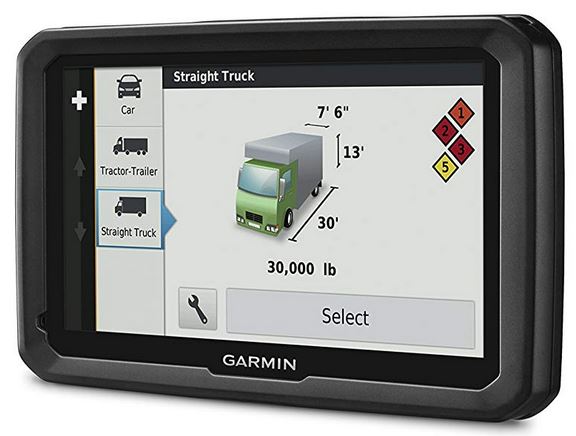Business continuity plan for transport company is a process of creating systems of prevention and recovery to deal with possible threats to a freight transport firm.
Any potential threat that could negatively affect the trucking firm’s operations is to be included in the plan. Contingency planning is a strategy used to create the overall business continuity plan for a transport company.
Potential business threats to a trucking company can include, breakdowns, traffic jams, poor weather conditions, improper paperwork, CVSA out-of-service order, late-arrivals/departures, employee sickness/resignation etc.
The trucking industry is one that must deal with many variables. If one link in the chain is broken, it has a direct impact on the other links.
Awareness
Key company management must be aware of and recognize potential interruptions to business operations that can occur both in the short term and long-term.
First the business continuity plan for transport company coordinator must understand the areas that carry a high degree of risk to interrupt business operations.
Understanding the degree of risk each type of business disruption can have is important to be able to prioritize in the prevention stage. Resources such as freight volume and capacity are limited and must be properly allocated. Moreover, aim to focus your efforts on essential commodities and their suppliers. For example, place a great emphasis on fuel costs and the discount you are receiving for the volume of fuel your transport company purchases.
Prevention
Once all potential threats have been identified to the transport operations of the firm, the situation must be prioritized and then a prevention strategy put in place to be proactive against downtime. For example, a preventive maintenance plan will ensure trucks don’t breakdown 100 miles following departure from the home terminal.
Recovery
If the problem(s) are not withheld through the prevention strategy, then there must be a plan to recover from the business interruption to restore normal operations.
The solution to a business threat that could not be prevented includes using a systematic approach such as the following:
- Set objective to deal with event (What is the successful outcome?)
- Gather all needed information
- Develop several alternatives to deal with the problem
- Write down the pros and cons of each alternative
- Choose the best alternative
- Implement the choice and monitor activity
During a business interruption the costs of operation go up and output goes down. Essentially, costs and output swap places and until the problem is solved, this trend will continue to have a negative impact on the business.
Knowledge Management
The last step is to analyze how a business interruption was handled and what can be learned from the experience. This section will often provide valuable information that can be used to revisit the prevention plan and adjust it for potential future threats.
Conclusion
Safety is not an absolute entity. Although risk management can minimise danger, it cannot eliminate it 100%. We arm ourselves against threatening events with clever Business Continuity Plan (BCP).
The above mentioned four processes of establishing awareness, prevention, recovery, and knowledge management are the main parts of a business continuity plan for a transport business. This breakdown of the plan can be used as a template to write out a contingency strategy in the event your trucking firm is faced with a business threat.



